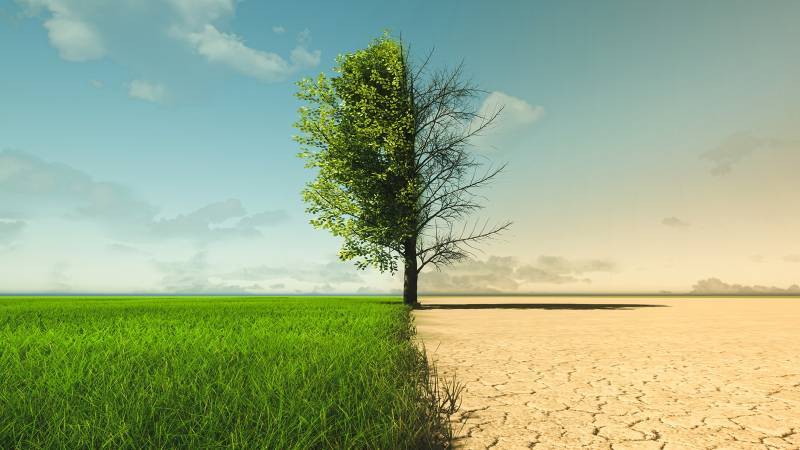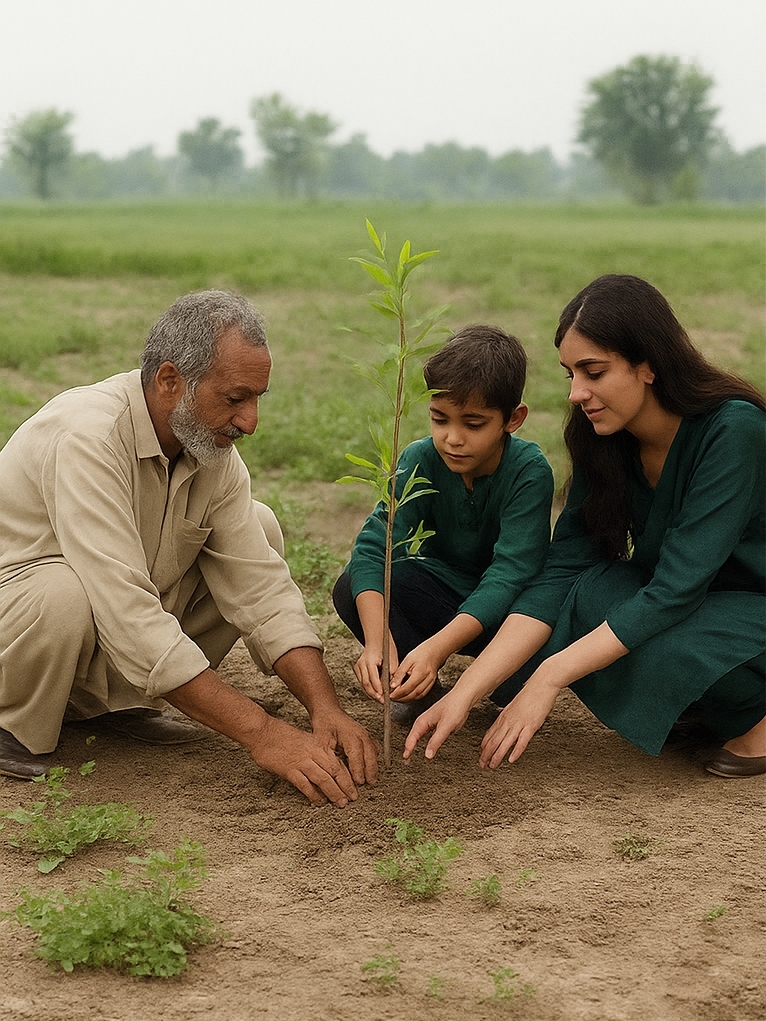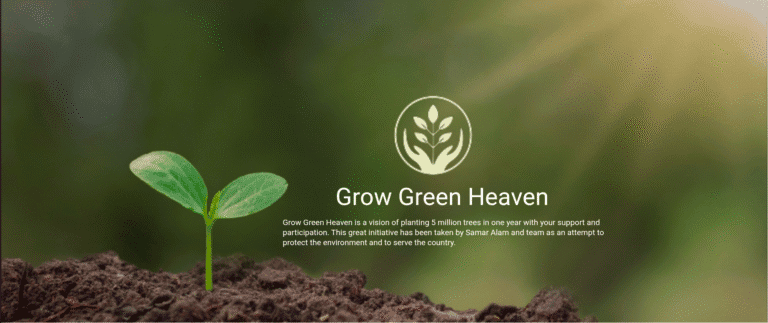
The Urgency: Climate Change in Pakistan
Pakistan contributes less than 1% of global greenhouse gas emissions, but among the world’s most climate‑vulnerable countries. In 2022, record monsoon rains and glacial melt submerged a third of the country, causing up to 40 billion USD in damages, killing 1,760, and displacing over 33 million people aa.com.tr+2en.wikipedia.org+2nature.com+2. Earlier in 2024, over 568 lives were lost in a prolonged heatwave that reached 49 °C (120 °F) in Sindh province theguardian.com+2en.wikipedia.org+2en.wikipedia.org+2.
This year, Pakistan ranked most vulnerable in the 2025 Climate Risk Index, due to its deadly floods and intense heat waves adb.org+15aa.com.tr+15thenews.com.pk+15. During the April 2025 heatwave, temperatures surged to 50 °C (122 °F) in places, triggering widespread power failures and health emergencies climameter.org.
Beyond immediate disasters, average temperatures in Pakistan have risen roughly 0.63 °C over the last century, sea levels along Karachi’s coast are rising 1–3.6 mm per year, and forest coverage barely exceeds 5 %, while deforestation rates remain alarmingly high en.wikipedia.org+15dicf.unepgrid.ch+15amnesty.org+15.
Real Impacts, Real Challenges
- Crop losses: The 2022 floods wiped out ~50% of staple crop fields .
- Health crises: Extreme flooding led to 6.6 million additional malaria cases between 2022–2024, peaking with 2.7 million in 2023 — compared to just 399,097 in 2021 emro.who.int.
- Water scarcity: Over 10 million people lost access to safe drinking water after the 2022 floods — compounded by heat‑induced droughts and tensions over Indus river flows time.com.
Our Vision: Plant a Future by Planting Trees

Mission: To plant 500,000 trees every month — rejuvenating degraded lands, purifying polluted air, creating shades of sustainability, and restoring ecosystems for future generations.
How We Make an Impact
🌳 Rebuild green zones
From urban pockets to rural plains, we reforest lost green belts — reducing flood risk, cooling cities, and restoring biodiversity.
👩🏫 Community planting
Engaging schools, families, and local laborers turns tree‑planting into a shared mission, educating future stewards of the environment.
⚠️ Disaster response
In flooding or heatwave emergencies, our tree‑based strategies (e.g. riparian buffer belts) help stabilize soil, absorb water, and mitigate future disasters.
💼 Livelihoods for all
By hiring nursery workers and planters, we create sustainable employment, supporting both environment and economy.
🌱 Words of wisdom
“When you plant a tree, you plant a future.”
Why Trees Matter Now
- Stabilizing climate: Trees draw down CO₂, helping to moderate the extreme weather Pakistan faces.
- Purifying air & water: Urban planting filters pollution; riparian trees revive water tables and protect riverbanks.
- Shielding communities: Shade trees reduce heat-related health risks and protect from extreme temperatures.
- Boosting food security: Trees support crop micro‑climates, reduce soil erosion, and prevent landslides.
Together, We Can Turn the Tide
Pakistan’s climate crisis is urgent — but not insurmountable. Each tree planted offers cleaner air, stronger communities, and a resilient future. Join us in our pledge to restore life to dry lands, battle the climate emergency, and assure a greener world for the generations ahead.
Plant a tree. Plant a future.







